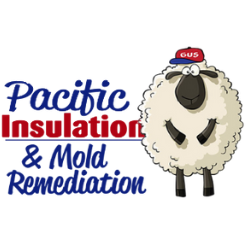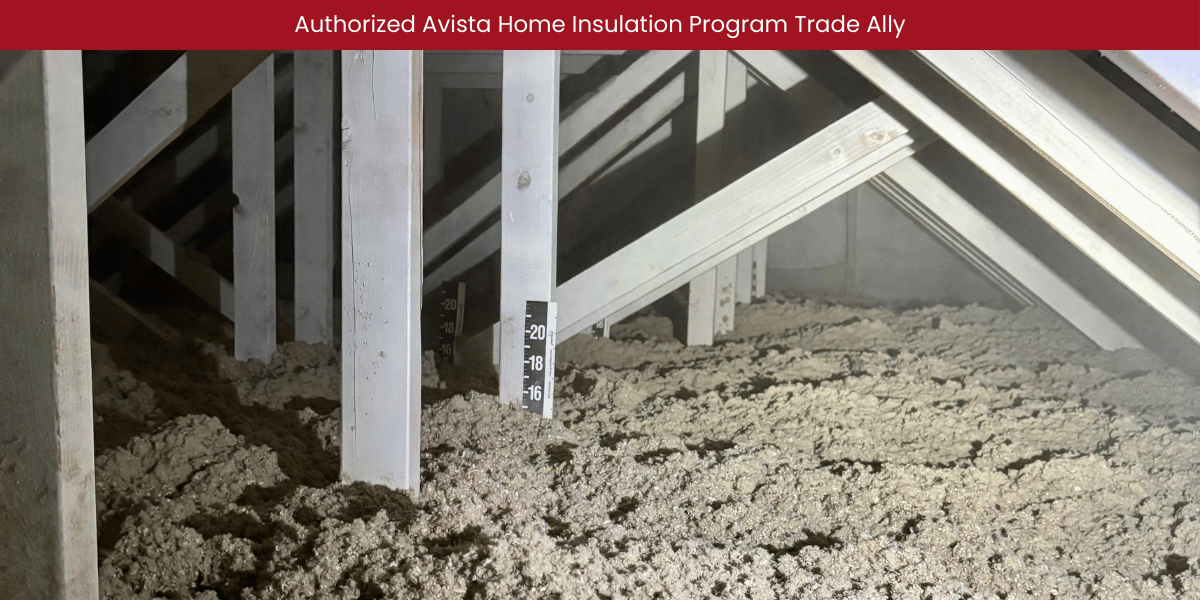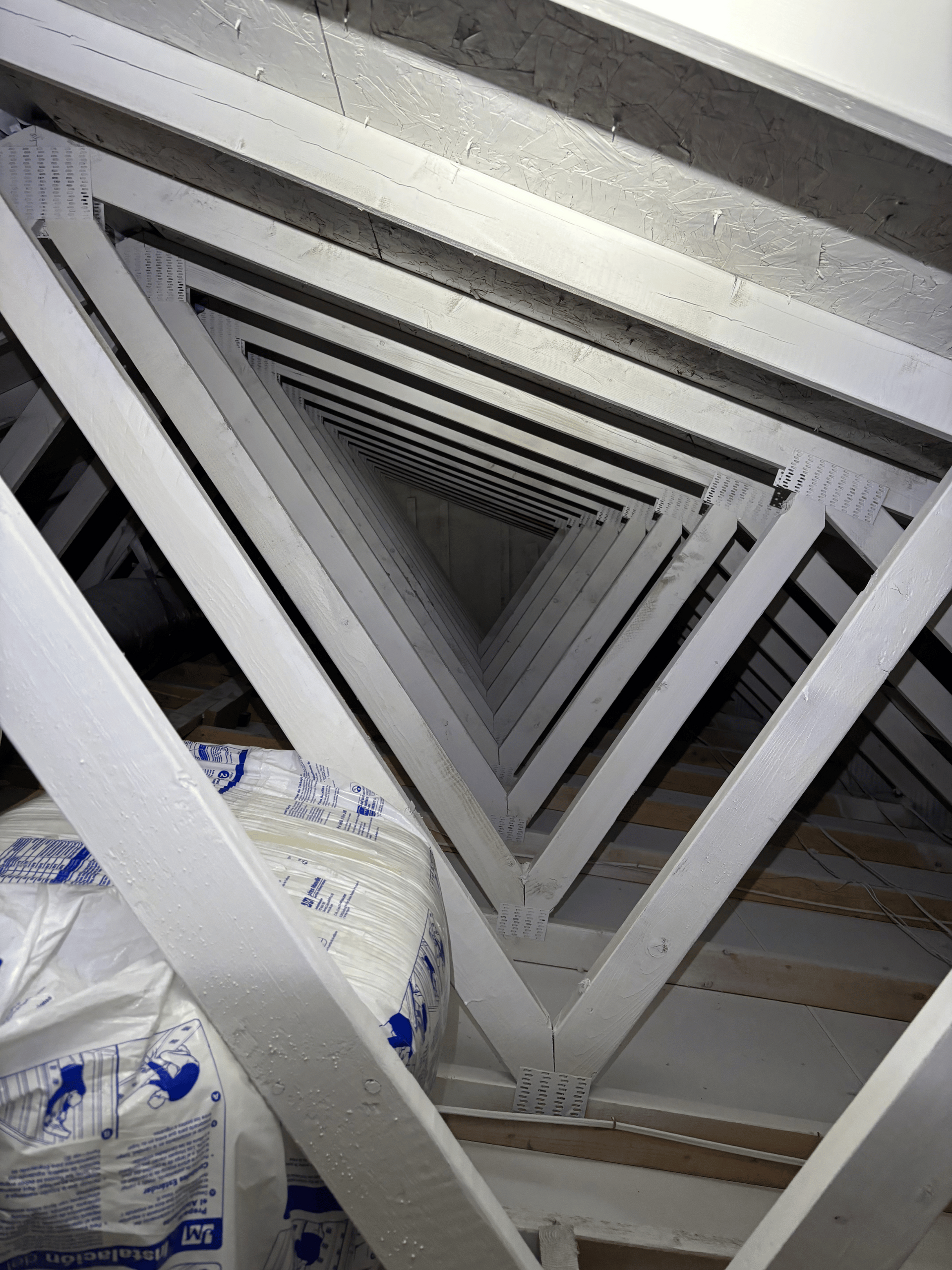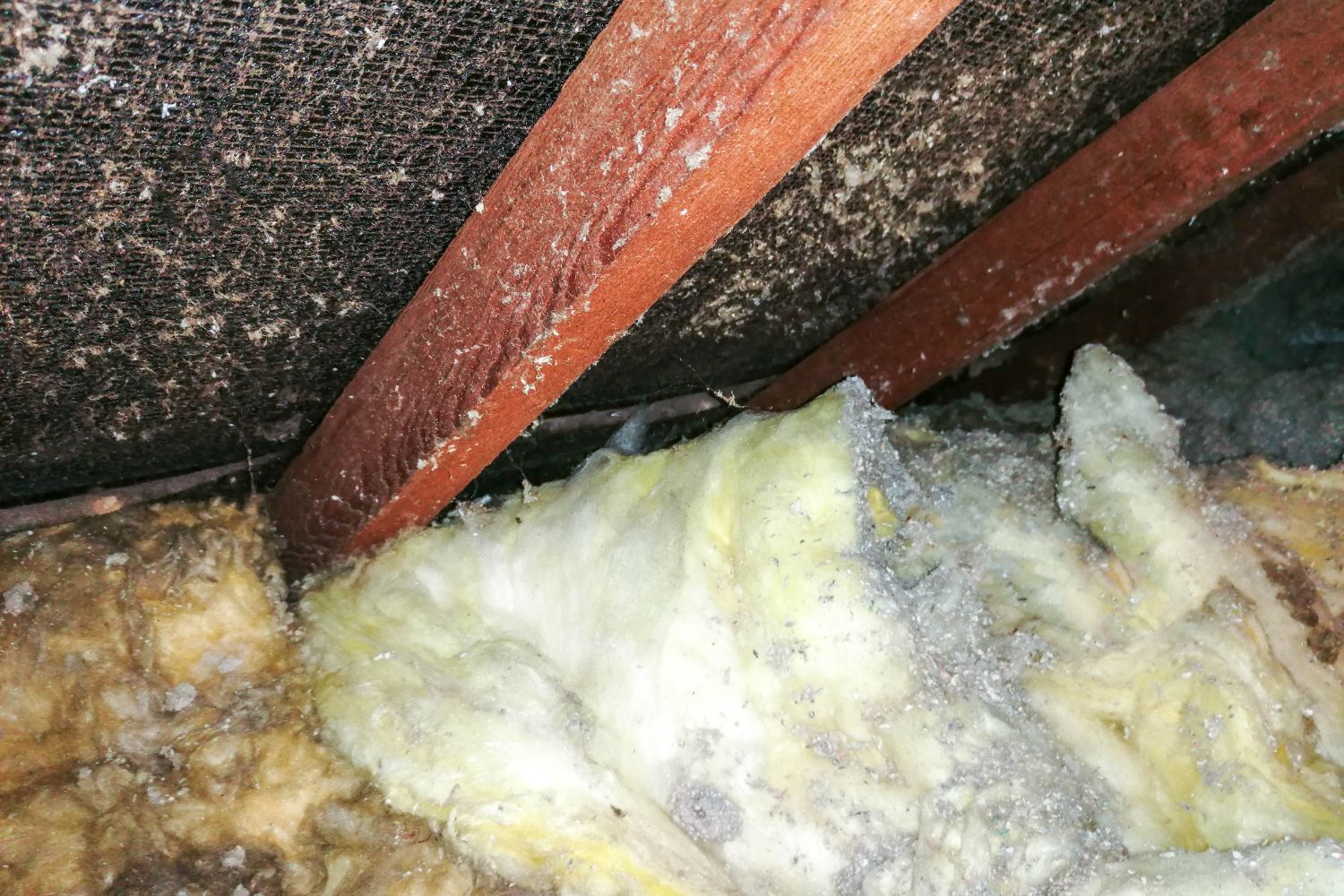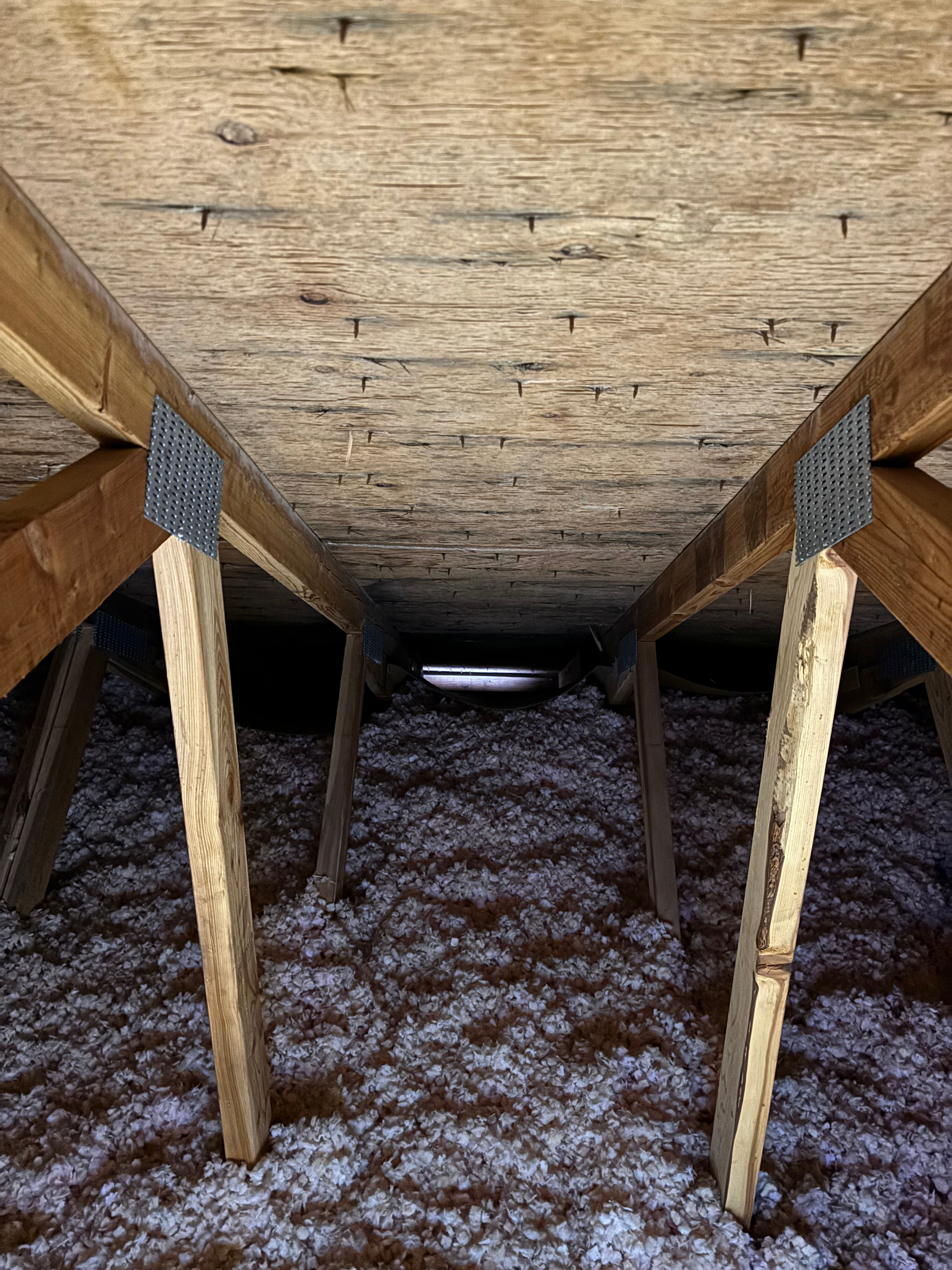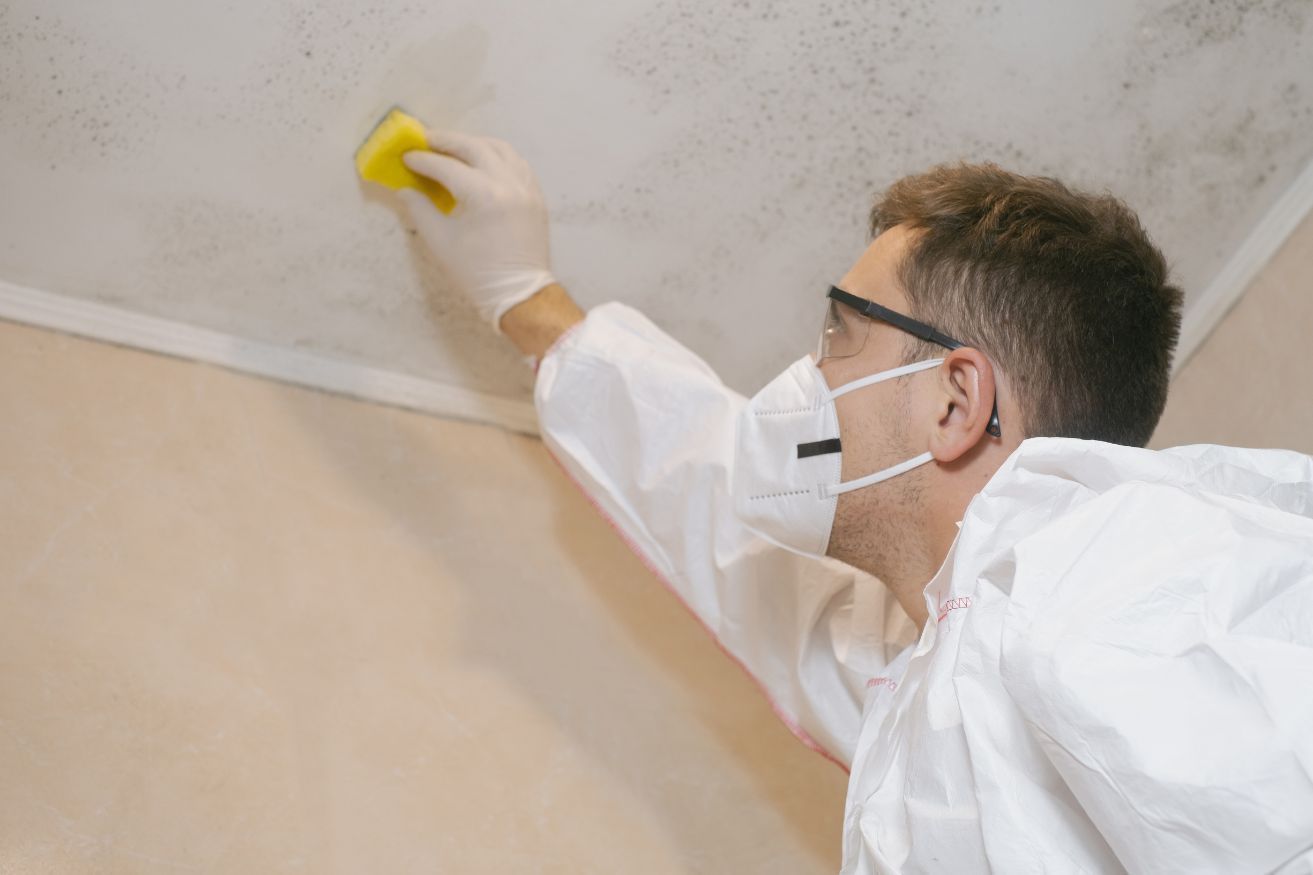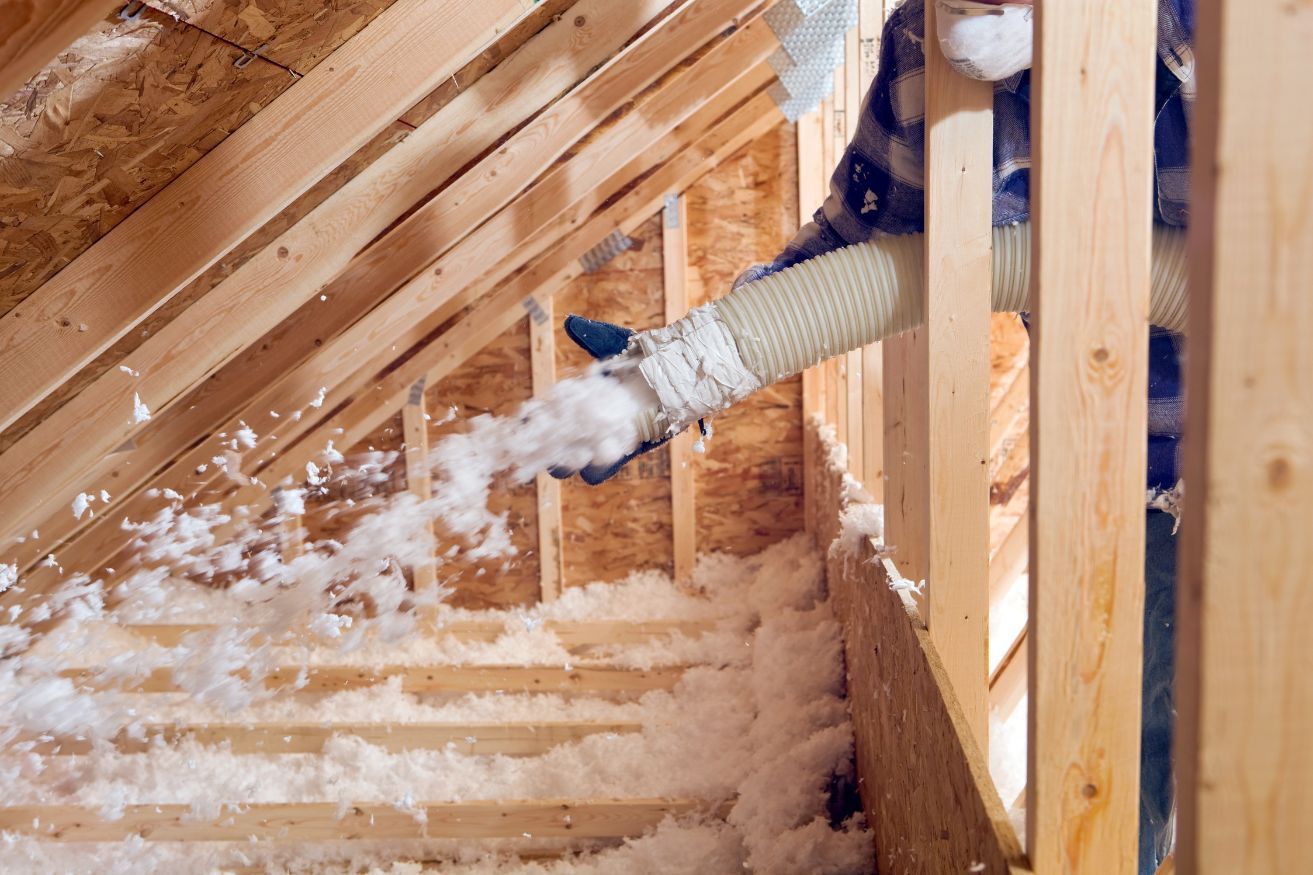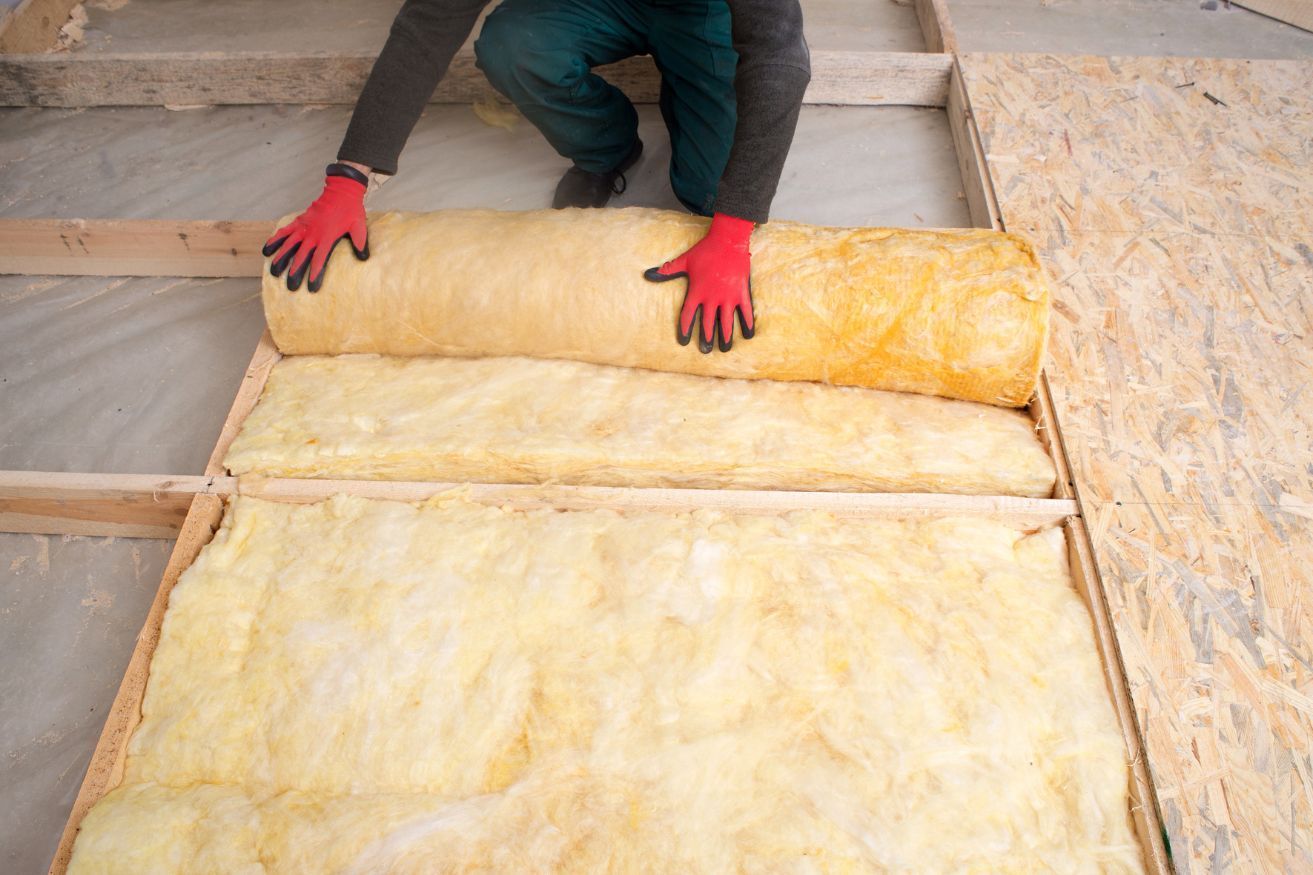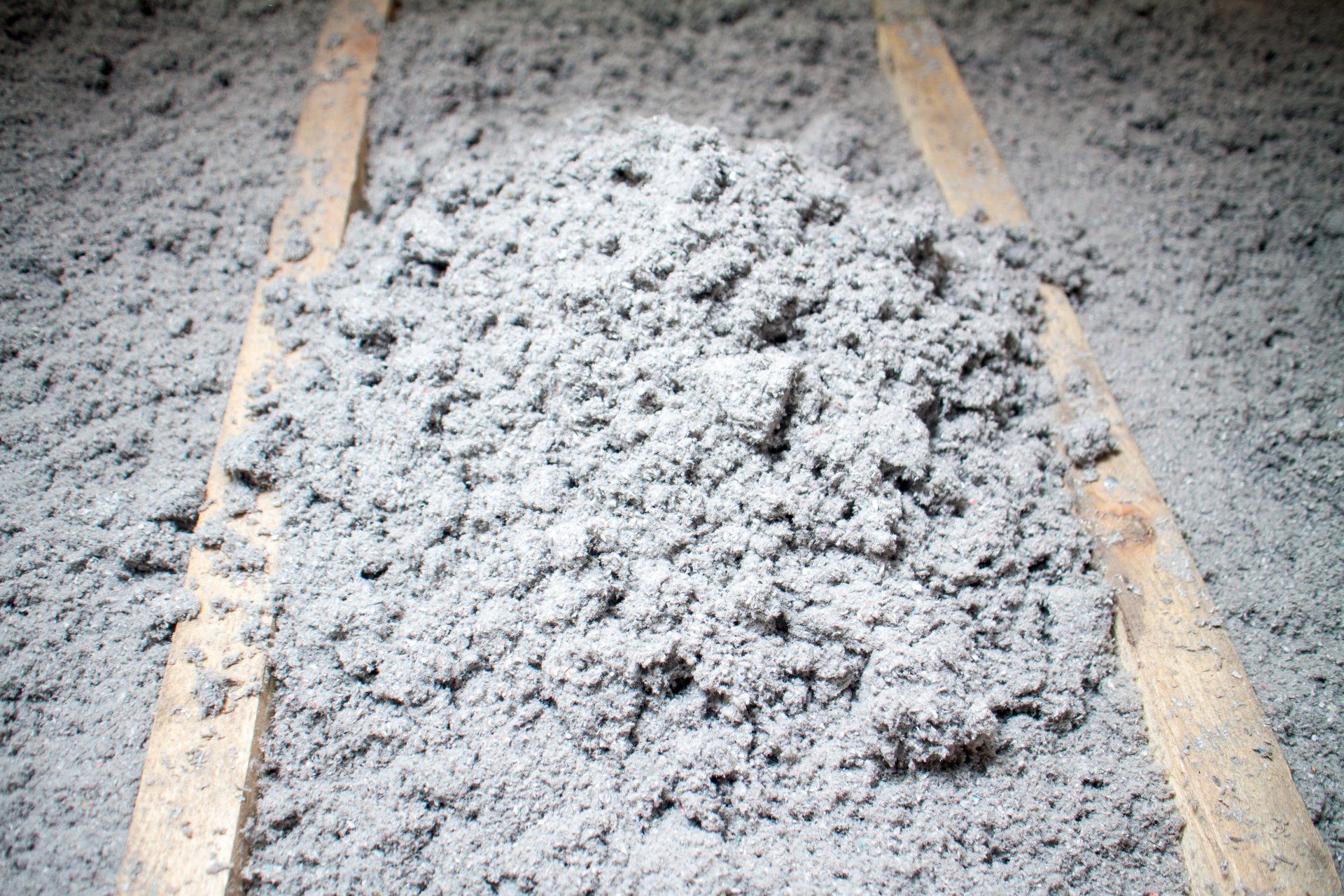How to Choose an Insulation Contractor: A Comprehensive Guide
Why Choosing the Right Insulation Contractor Matters
Selecting the right insulation contractor is a critical step toward improving your home's energy efficiency, comfort, and overall value. Whether you're insulating a new build or upgrading an older home, the contractor you choose will determine the quality, effectiveness, and longevity of the insulation. Here's a comprehensive guide to help you make an informed decision.
Why Choosing the Right Insulation Contractor Matters
Installing insulation isn't just about filling spaces with material; it's about proper placement, choosing the right materials, and ensuring long-term performance. A reputable contractor will:
- Provide expert recommendations tailored to your home’s specific needs.
- Ensure compliance with local building codes.
- Guarantee a safe and clean installation process.
- Help you maximize energy efficiency and rebates.
Poorly installed insulation, on the other hand, can lead to heat loss, increased energy bills, moisture problems, and even structural damage.
Steps to Choosing the Right Insulation Contractor
1. Understand Your Insulation Needs
Before hiring a contractor, identify your primary goals:
- Are you trying to reduce energy bills?
- Is comfort during extreme weather your primary concern?
- Are you looking to address a specific problem like drafts or uneven temperatures?
- Do you want eco-friendly or soundproofing solutions?
Knowing your objectives will help you communicate effectively with potential contractors.
2. Research and Compile a List of Contractors
Start by compiling a list of insulation contractors in your area. Use these resources:
- Online Reviews and Ratings: Platforms like Google, Yelp, and Angie’s List can provide insights into contractor reputations.
- Referrals: Ask friends, family, or neighbors for recommendations.
- Professional Organizations: Check directories of organizations like the Insulation Contractors Association of America (ICAA).
3. Verify Credentials
Ensure the contractors you're considering are properly qualified. Look for:
- Licensing: Verify that the contractor is licensed to perform insulation work in your state.
- Insurance: Confirm they have liability insurance and worker’s compensation coverage to protect you in case of accidents.
- Certifications: Look for certifications from organizations like NAIMA (North American Insulation Manufacturers Association) or BPI (Building Performance Institute).
4. Check Experience and Expertise
Experience matters when it comes to insulation. Ask the contractor:
- How long they’ve been in business.
- Whether they specialize in certain types of insulation (e.g., spray foam, fiberglass, cellulose).
- If they’ve worked on projects similar to yours.
- For examples of their work or references you can contact.
5. Ask About Materials and Methods
The contractor should offer a range of insulation options and explain their benefits and drawbacks. Common materials include:
- Fiberglass: Affordable and widely used, ideal for walls and attics.
- Spray Foam: Excellent for air sealing and high R-value but more expensive.
- Cellulose: Eco-friendly, made from recycled paper, and effective for soundproofing.
- Rigid Foam Boards: Ideal for basements and exterior walls.
Ask the contractor which materials they recommend for your home and why.
6. Request Multiple Quotes
Get detailed quotes from at least three contractors. Each quote should include:
- The type and quantity of insulation material.
- The scope of the work and areas to be insulated.
- Labor costs and a breakdown of other expenses.
- Estimated completion timeline.
- Warranty details for materials and workmanship.
Avoid choosing a contractor based solely on the lowest bid. Instead, evaluate the value provided for the price.
7. Inquire About Rebates and Financing
Many insulation projects qualify for local, state, or federal rebates and incentives. A knowledgeable contractor should:
- Be familiar with applicable rebate programs.
- Assist you in completing rebate applications.
- Offer financing options if needed.
8. Evaluate Communication and Professionalism
Good contractors communicate clearly and are responsive. During your interactions, note:
- How promptly they reply to inquiries.
- Whether they answer your questions thoroughly.
- If they provide a written contract outlining all project details.
Professionalism in these early stages often reflects the quality of their work.
9. Ask About Cleanup and Disposal
Insulation projects can be messy. Confirm that the contractor will:
- Clean up debris after the job.
- Properly dispose of old insulation and materials in compliance with local regulations.
- Take precautions to protect your home during the installation process.
10. Check for Guarantees and Warranties
Reputable contractors often provide warranties for their work. Ensure:
- The warranty covers materials and installation.
- You understand the duration and terms of the warranty.
- They’re willing to address any issues that arise post-installation.
Warning Signs to Avoid
Be cautious if a contractor:
- Pressures you into making a quick decision.
- Provides an unusually low estimate without explanation.
- Refuses to provide references or proof of insurance.
- Lacks a physical office or contact information.
- Uses subpar or uncertified materials.
Benefits of Hiring a Qualified Insulation Contractor
Choosing the right contractor ensures:
- Energy Efficiency: Proper installation minimizes energy waste.
- Comfort: Consistent indoor temperatures year-round.
- Cost Savings: Lower energy bills and potential rebates.
- Peace of Mind: Confidence in the quality of materials and workmanship.
Final Thoughts
Investing in insulation is one of the smartest ways to improve your home’s comfort and efficiency, but the key lies in hiring the right contractor. By following these steps, you can make a well-informed choice, ensuring a successful project with long-lasting benefits. Take your time, ask the right questions, and prioritize quality over cost—your home and wallet will thank you for it.
